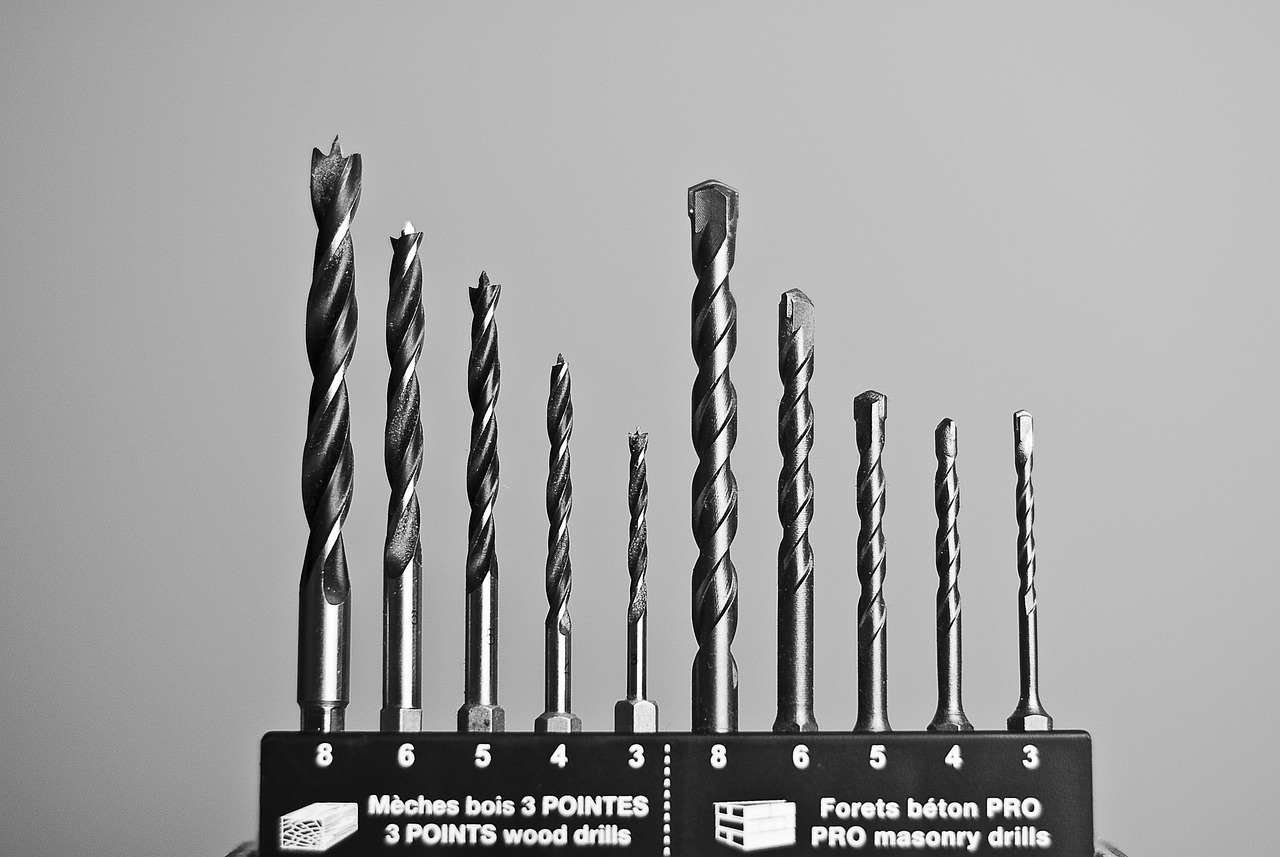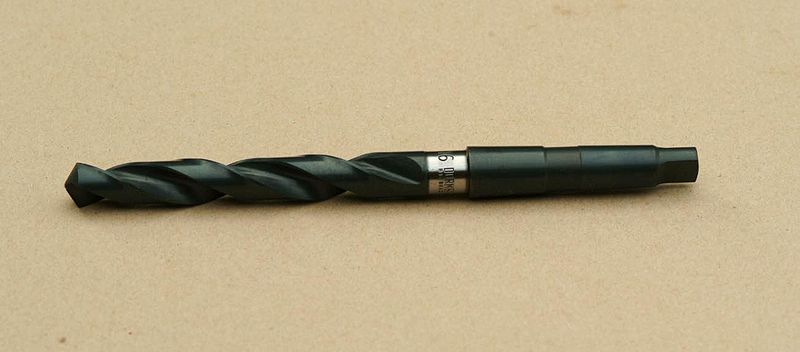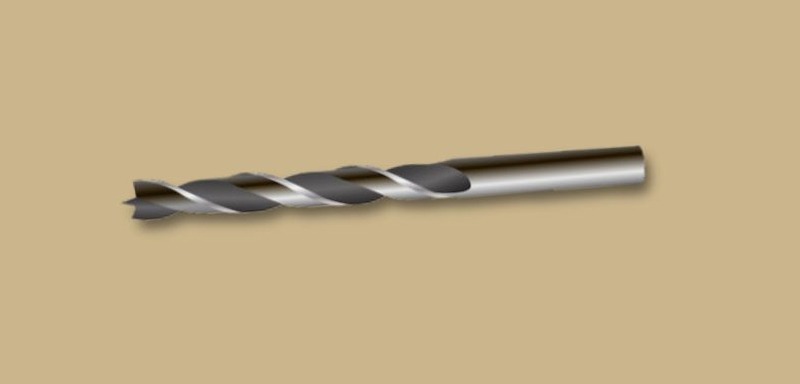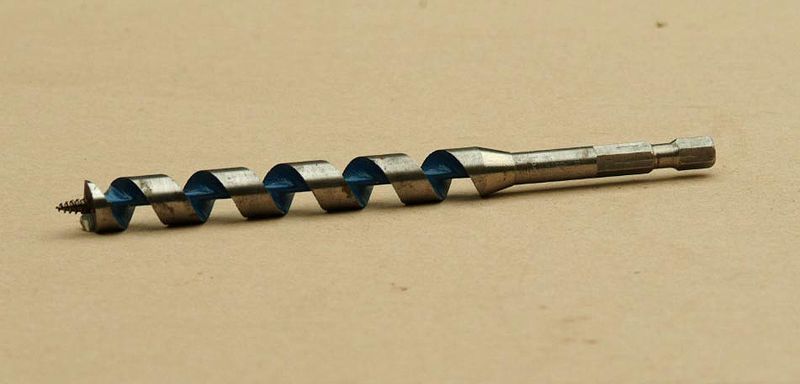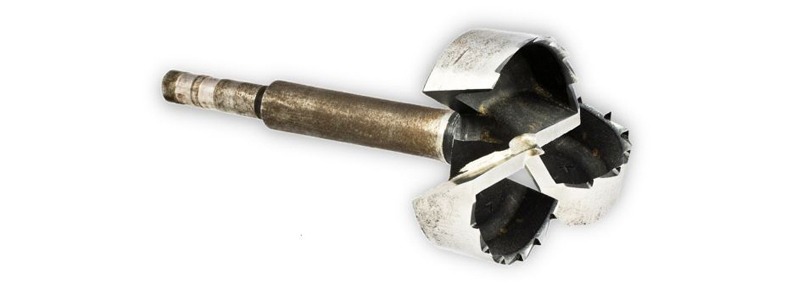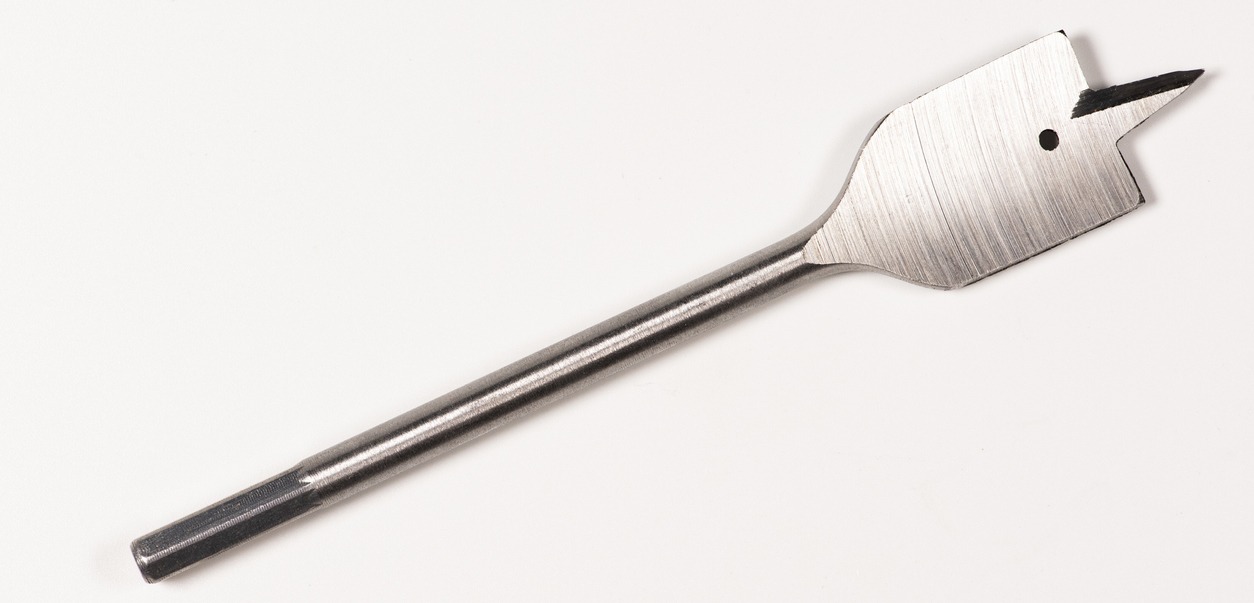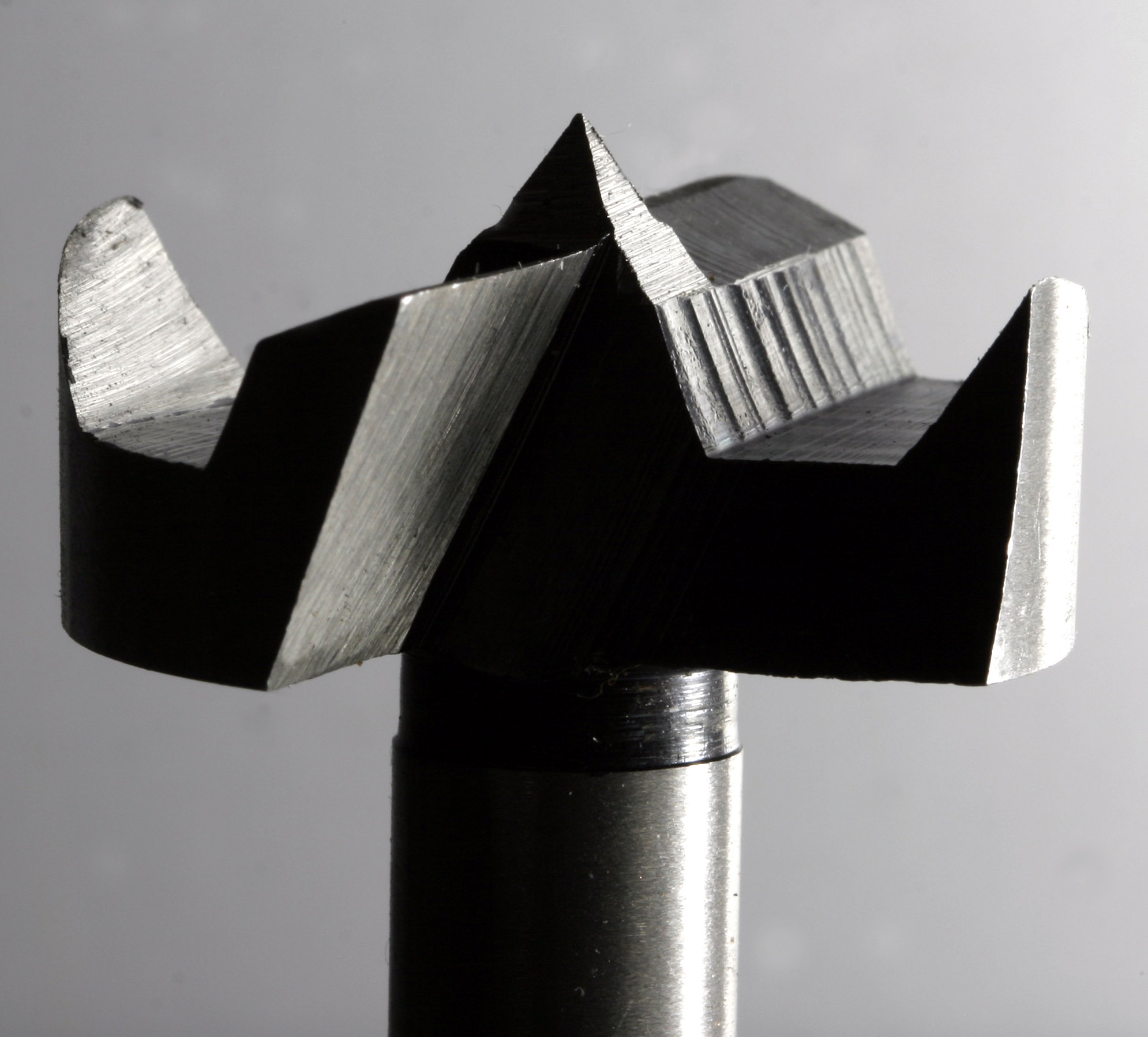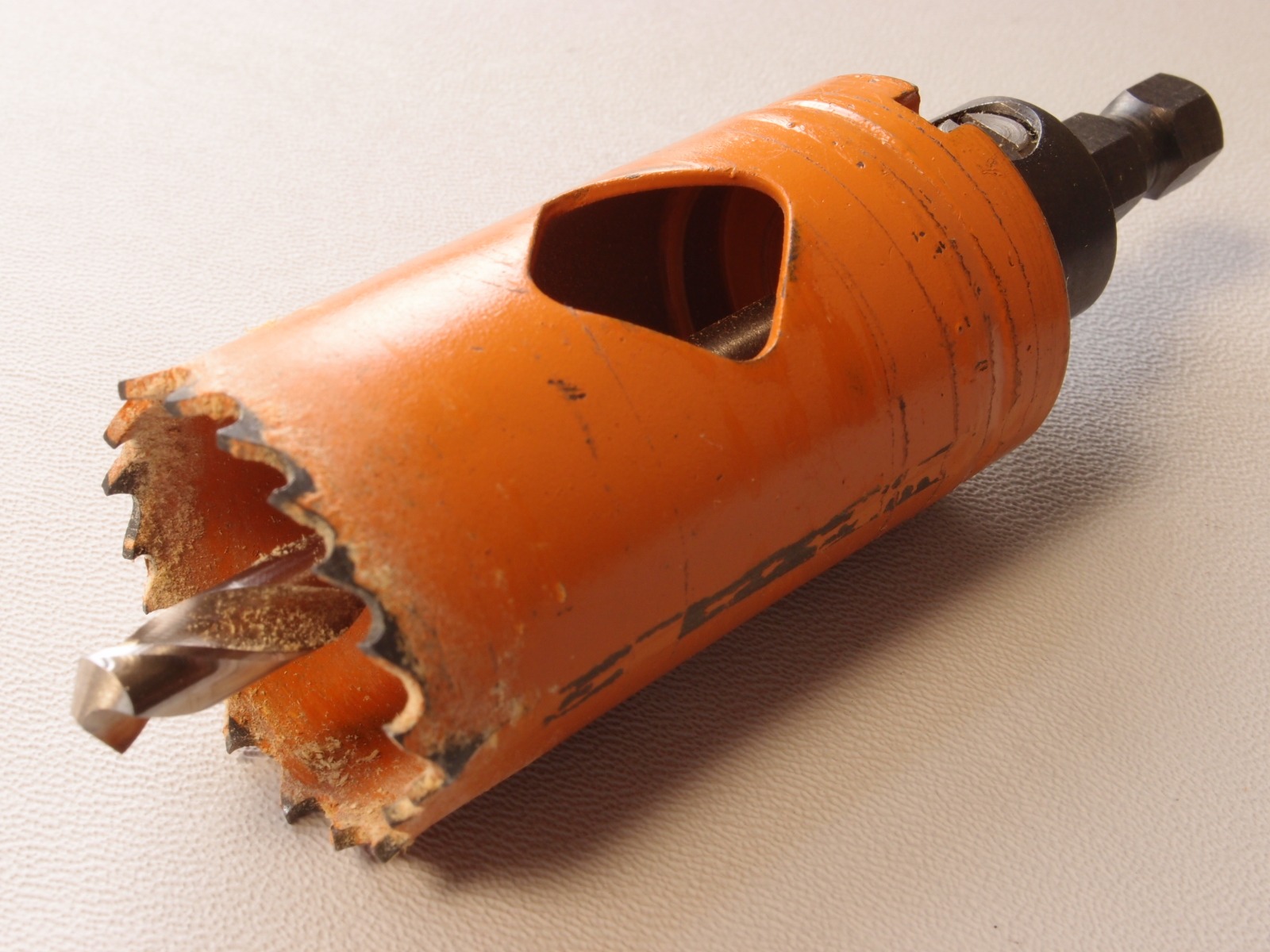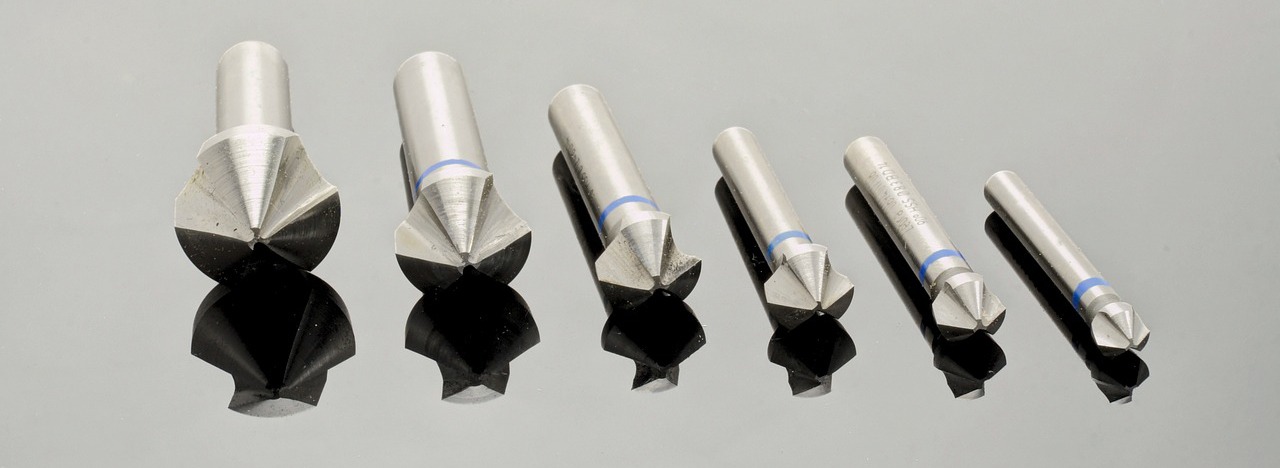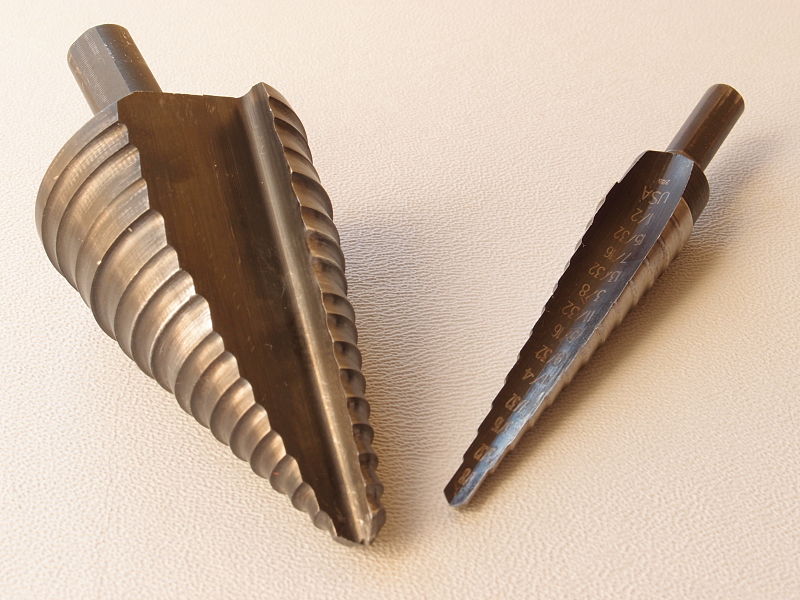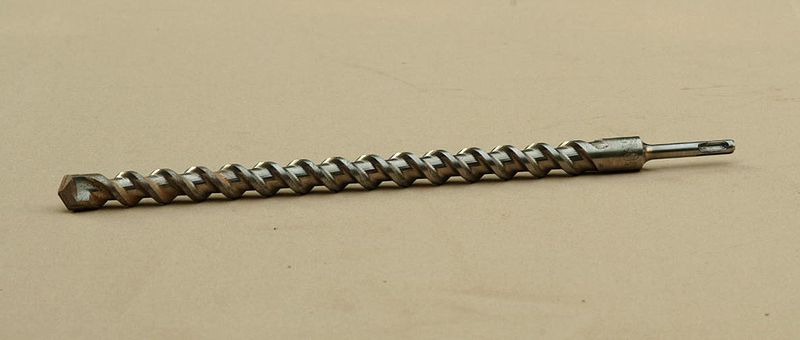There is a vast and diverse variety of drill bits available in the market when it comes to drilling holes. Getting the right one according to the task you are doing can be confusing because of so many choices available. To make sure that you get your hands on the right drill bit, we have put together a buying guide that will leave you better informed and help you out in your work.
One thing to remember when buying drill bits is to never go for extremely cheap ones as its price might look attractive but they will burn out fast, make you stressful and cost more money in the long run. Make sure you get high-quality drill bits as they can do the work more efficiently and it is also worth paying some extra money to add something reliable in your toolbox.
Different Materials/Finishes Drill Bits Come In:
Steel
Steel bits are inexpensive and excellent for softwoods but they won’t be able to work well with hardwood and may even break or get dull.
High-Speed Steel (HSS)
HSS drill bits work great on hardwoods, fiberglass, PVC, and soft metals such as aluminum. HSS bits are the better version of simple steel bits.
Cobalt HSS
Cobalt bits are extremely hardcore and do an excellent job in boring through aluminum and tough metals such as stainless steel. They can also dissipate heat quickly to prevent overheating.
Black Oxide-coated HSS
These types of drill bits are designed in a way to resist corrosion and increase durability. Their stronger built enables them to last longer and work on a number of materials such as hardwood, metal, softwood, fiberglass, and PVC.
Titanium-Coated HSS
Unlike simple HSS drill bits, Titanium-Coated drill bits provide stronger performance and produce less friction. They can work efficiently in drilling wood, fiberglass, metal, and PVC.
Carbide-Tipped
Carbide-Tipped drill bits are tougher, stay sharp and can work much longer than all of the above-mentioned drill bits. They are highly recommended for drilling masonry and tile.
Types of Drill Bits
1. Twist Drill Bit
Twist drill bits are the most common type of drill bits for home use that work great for general-purpose drilling.
Best for:
- PVC
- Soft metal
- Wood
- Fiberglass
2. Brad-point Drill Bit
As its name refers, this bit has a brad on its tip at the center that helps its position precisely for more accurate drilling and producing a clean exit point in the workpiece. During the drilling, the flutes that wrap around the bit help it channel away all the dust and chips.
Best for:
- Boring into wood
3. Auger Drill Bit
Just like the brad-point bit, it also has a screw tip that produces a clean hole through the workpiece. Auger bits can be as long as 18 inches and its large flutes can help remove chips and dust. If you want deeper-boring into wood then you can use an auger bit with a hollow center that will easily remove more chip than a regular-sized one.
Best for:
- Wood-boring
4. Self-Feed Drill Bit
Its tip is also similar to an auger bit. The screw tip helps the bit to position accurately on the workpiece and then drill through it precisely. The major difference is that it is more compact and doesn’t have those flutes like an auger bit. That is why you have to pull it back periodically to clear away dust and chips during drilling.
Best for:
- Boring through wood
5. Installer/ Bell Hanger Drill Bit
An installer bit is a specialized type of twist bit that is designed for installing wiring, especially for security or entertainment systems. You can get an installer bit up to 24 inches long. All you have to do is drill a slim hole with the help of the installer bit, insert the wire into the hole, and then draw the wire back through the hole you bored.
Best for:
- Wood
- Plaster
- Plastic
- Some masonry
- Glass
- Ceramic Tile
6. Spade/Paddle Drill Bit
A spade or paddle drill bit works great in boring large-diameter holes with the help of its flattened blade with a sharp point that also helps the bit to position accurately and make it steady on the workpiece. Some spade bits also have points on the edges to create neater holes and cleaner exit points.
Hobbyists may also utilize these drill bits to drill holes for holding candles etc.
Best for:
- Boring through wood
7. Forstner Drill Bit
A faster drill bit bores smooth and clean holes. If you want to create holes for receiving dowels then you can create flat-bottomed holes with it. Its design also lets you overlap holes. It also has a little point in the center to position it precisely on the workpiece. You have to pull it out periodically just like the self-feed bit to clear away all the dust and chips as you continue working.
A handheld power drill might not give enough force or control to use a Forstner bit so you might want to consider using a drill press for better performance.
Best for:
- Wood
8. Hole Saw Drill Bit
A hole saw drill bit allows you to drill large holes for installing door hardware or creating a space to pass wiring. While drilling, it creates a plug of waste material that is pushed out through the cut-out in the side of the saw cylinder. Most commonly, a hole saw drill bit connects to a mandrel which includes a shank. The mandrel also has a pilot bit that helps in centering and steading the cutting blade. Some smaller hole saw bits also have a built-in shank and don’t use a pilot bit
There are different materials in which hole saw bits are available that enable them to do various works. For instance, a bi-metal hole saw can cut through wood and metal, one with carbide edge can work easily on heavier materials such as masonry and ceramic tiles, and a hole saw bit with a diamond edge can even cut faster through the tiles and masonry than the carbide models.
Best for:
- Wood
- Metal
- Ceramic Tiles
- Masonry
9. Countersink/Screw Pilot Drill Bit
A countersink or screw pilot bit can efficiently drill pilot, counterbore, and countersink holes in a single action so you can install plug over the fastener head or countersink a fastener without applying any extensive effort.
Best for:
- Drilling in wood
10. Plug Cutter
If you want to drill holes in wood and create wood plugs to use in concealing recessed fasteners then you can use a plug cutter bit. In other words, a plug cutter or maker bit hides the screws in wood by counterboring and then covering them with a wood plug. Later, you can sand the wood plug to finish it to the match.
Best for:
- Boring holes in wood
11. Step Drill Bit
The step drill bits are designed in a way to drill thin holes. Every bit is marked with measurements to help you drill holes of various diameters as per your requirement. You can also use these bits to deburr holes and clear away waste material.
Best for:
- Metal
- Wood
- Plastic board
- Steel sheets
- Aluminum sheets
12. Glass and Tile/ Spear Point Drill Bits
As the name says, these drill bits are specially made for drilling into tiles and glass. They use a special carbide tip to drill through these delicate materials without cracking or chipping them.
Note: you must first check the packaging of the tile to determine if it can be drilled.
Best for:
- Tiles (granite, porcelain)
- Glass
13. Masonry Drill Bit
A masonry drill bit has a twist bit design that is used to drill into materials such as brick, concrete, and other masonries. These are designed to be used with a rotary hammer or a hammer drill to provide effective performance but some masonry bits may also be used with standard corded or cordless rotary drills.
The hammering action of the carbide tip of the bit drives itself into the material while the rotary action clears away all the debris along the flutes.
Best for:
- Brick
- Concrete
- Cement
- Mortar and other masonries
Conclusion
Hope this complete guide helps you in increasing your knowledge about the drill bits and choosing the perfect one according to the type of work you are or will be doing. Always make sure to get the right quality for more strength and power during drilling. Again, the major tip here is to get the right bit according to the surface you are working on. For instance, you can’t just use a hole saw drill bit on wall mirrors as it will break them with just a single punch.
Here are some more drilling tips you can consider while working:
- You can use the twist drill bit for general drilling but make sure you opt for a high-speed one for solid performance
- Use masonry drill bits at slow speed when drilling concrete, brick or plaster
- Use the step bit at slow speeds when working with metal
- When you are drilling tile or glass, use the spear point drill bit at low speeds to avoid chipping and cracking the material
- When making large holes using a hole saw bit, make sure you are using a drill that can easily handle the extra force or else you will burn out the motor very quickly.
- Use a reliable drill so that you will experience less issues while drilling. To know which specific drill is reliable and suitable for you, check out our Guide to Choosing the Right Power Drill.
